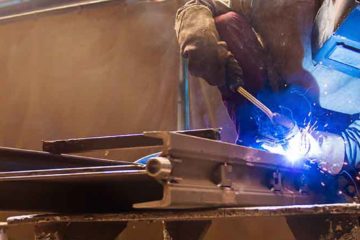Facts and Data
Facts and data are the supporting evidence for making decisions. Gathering facts and data is a key part of any problem-solving process, but it becomes particularly important in Lean. Making frequent changes, as companies do when they create a continuous improvement culture, also increases the number of opportunities to make Read more…
